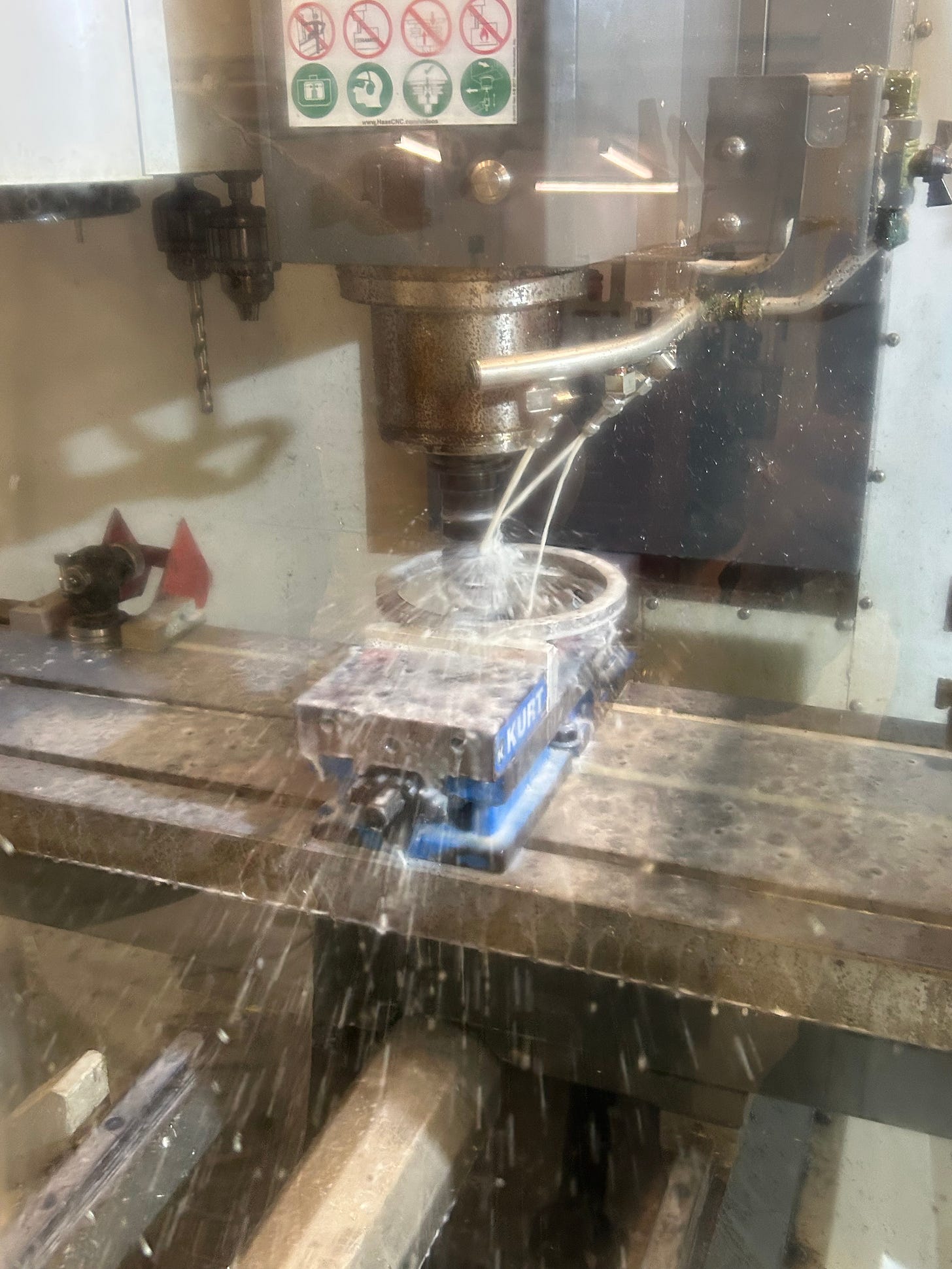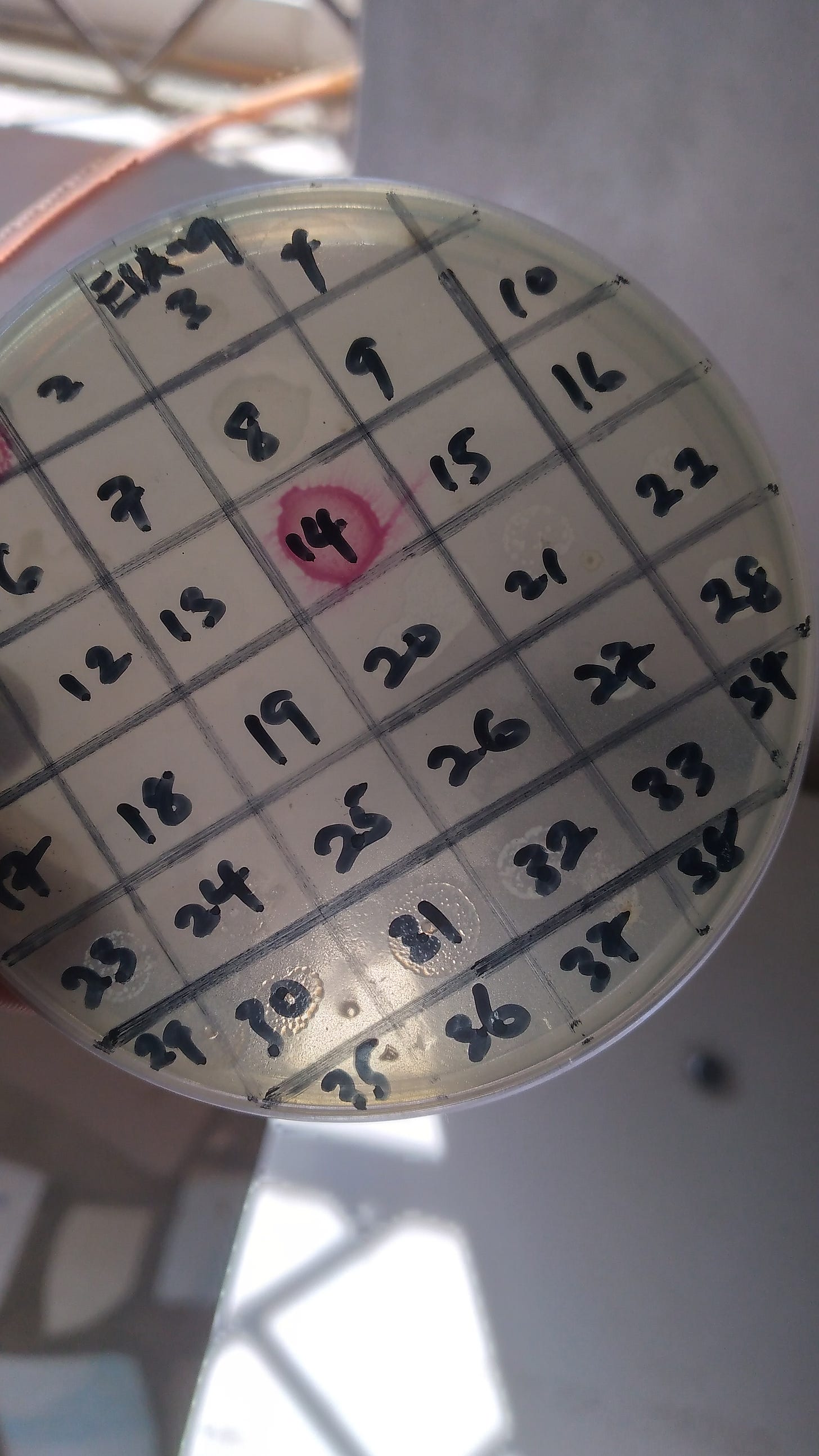Merge Grants Q1 2025
Updates from Merge Grantees and Introducing Our State of Microgrants
In Q1 of 2025, Merge Grants saw an 83% increase in applications. As we grow, we’re continuing to stay focused on supporting the most ambitious technical builders in the world. Today, Merge Grants is more selective than Harvard — with an acceptance rate of just 3.08%. From mechanized exoskeletons in Waterloo to growing neurons as biocomputers in San Francisco, Merge Grantees continue working on hugely inspiring projects.
I’m excited to share updates from our latest grantees, as well as our State of Microgrants with trends and data from the Microgrants space below.
Today we’re excited to highlight those who’ve received a grant in Q1:
Yoyo, growing neurons for neuron-based computing
Jared, augmented-reality VR headset which can see through walls using WiFi as radar
Shaan, an open source, modular, autonomous research vessel capable of traveling long distances highly efficiently
Sebastian, the world's first-ever pulse jet powered VTOL, pushing the boundaries of rocketry and autonomous propulsion systems
Tambe, a novel phage-based antibacterial to fight typhoid and drug-resistant infections
Santiago, building a powered exoskeleton to enhance human strength
Tokdima, documenting and open-sourcing the genetic diversity of a cryptococcus, an under-researched and lethal fungi, in plateau State Nigeria
Krish, replacing barbers with fully autonomous hair clippers that cut your hair in minutes
And four exciting updates from grantees:
Santiago demoed the early version of his powered exoskeleton suit on stage at Symposium, the largest student world’s fair. He’s received follow-on grants from EVM Capital and others.
Sebastian, who’s reported he and the team are “totally rocking it”. In four weeks, they’ve conducted a valve actuation test, single-tank pressure test, and double-tank pressure test. They’ve even gotten permission from two airports to use their ramps for testing.
Tambe, who has isolated four naturally occurring viruses that kill Salmonella bacteria—an essential milestone that now lets him extract and test the viruses’ own bacteria-destroying proteins as a potential new weapon against drug-resistant Salmonella.
Brian (Q4, 2024), who’s upgrading Kenyan energy security with autonomous drone-based inspection of power line infrastructure, is scheduled to start UAV flight tests next week!
Aarav (Q4, 2024), developing brain-controlled prosthetics to help people regain mobility, who hit a milestone where he was able to control the exoskeleton he created through his electromyography (EMG) signals
Merge Grants in Stats
Despite the vast majority of Merge Grants applications being software-focused, applicants are 5x more likely to receive funding from Merge if they’re working on a hardware/robotics project. We attribute this to the fact that software projects costs continue to plummet while hardware projects remain prohibitively expensive to get started.
Check out the difference between the top applicant sectors vs grantee sectors!
Nigeria has surpassed almost all other countries in the past 3mo as one of the top places we receive grant applications. Promotion by faculty members at universities in emerging markets like Nigeria, the U.A.E. and Bangladesh seem to be a primary driver in the increase of applications.
You’ll also notice the delta between our most common budget ask (software-specific) and our top grantee budget ask (hardware specific).
We’ve put together a full report on the State of Microgrants with statistics from Merge Grants, Bagel Fund, the Microgrant Guide, and more. Make sure you’re subscribed so you get it at the end of the week.
We’re extremely excited to see where these talented builders’ projects will go and look forward to documenting their progress via the podcast and Twitter.
We’ve already given out our first grants of Q2 — if you’d like to be next (or you know someone who would), learn more and apply for a Merge Grant here. To discover 30+ other microgrants and fellowships, check out the Microgrant Guide.
Until next time,
Ari, Julian, Kai and the Merge Club community










